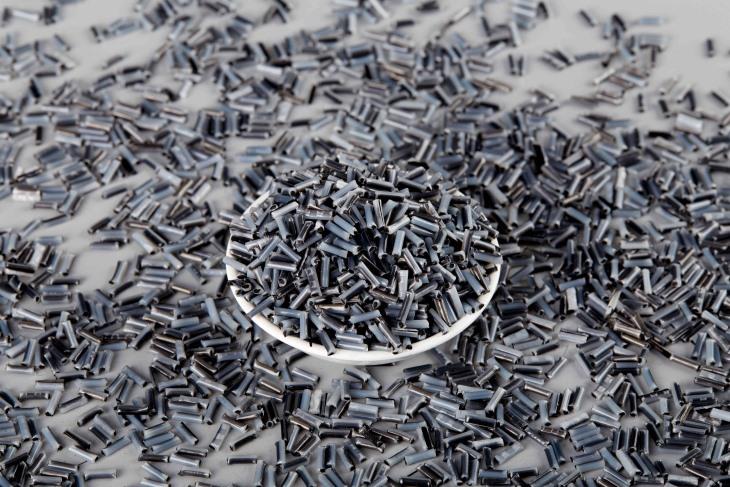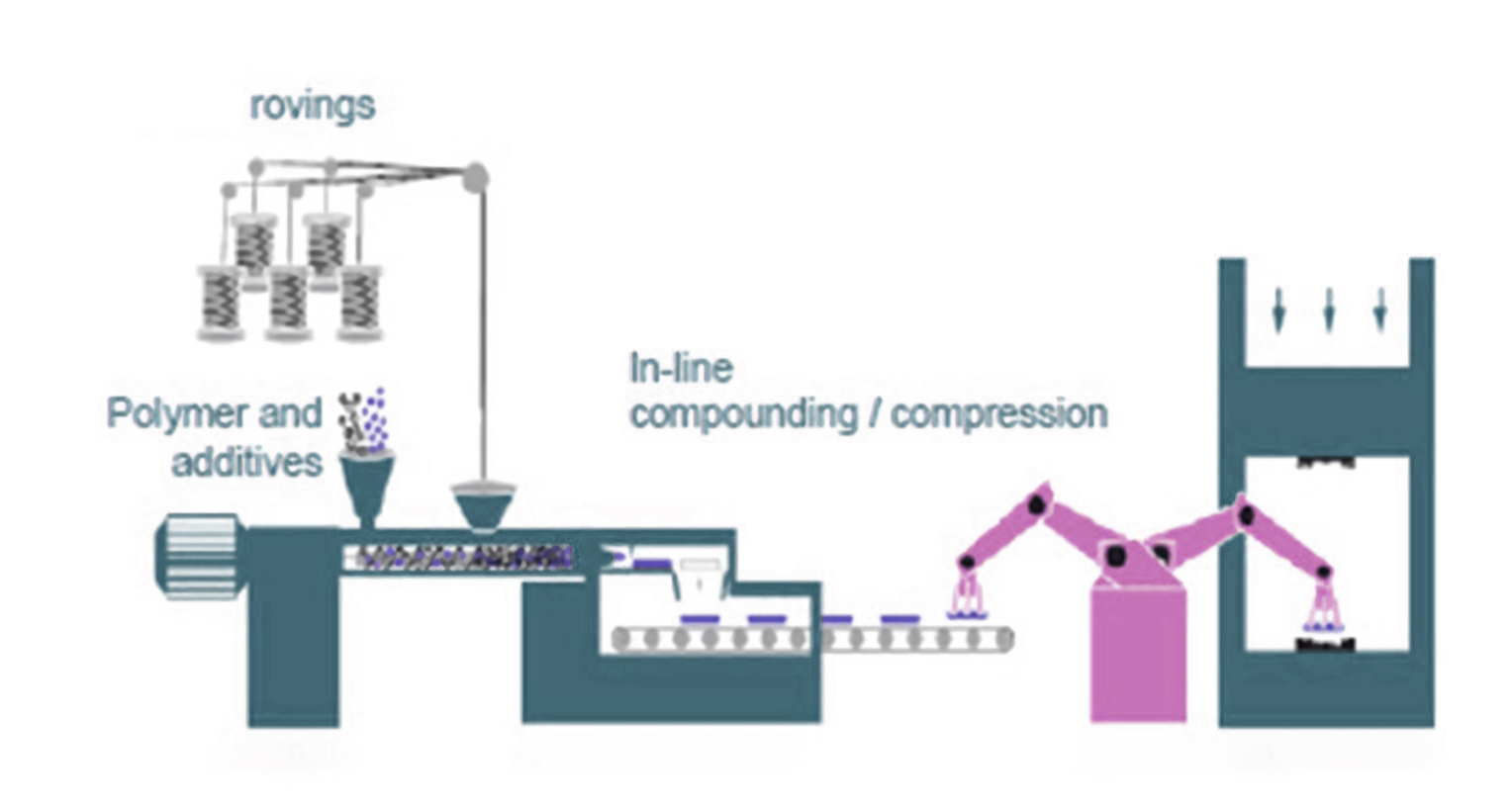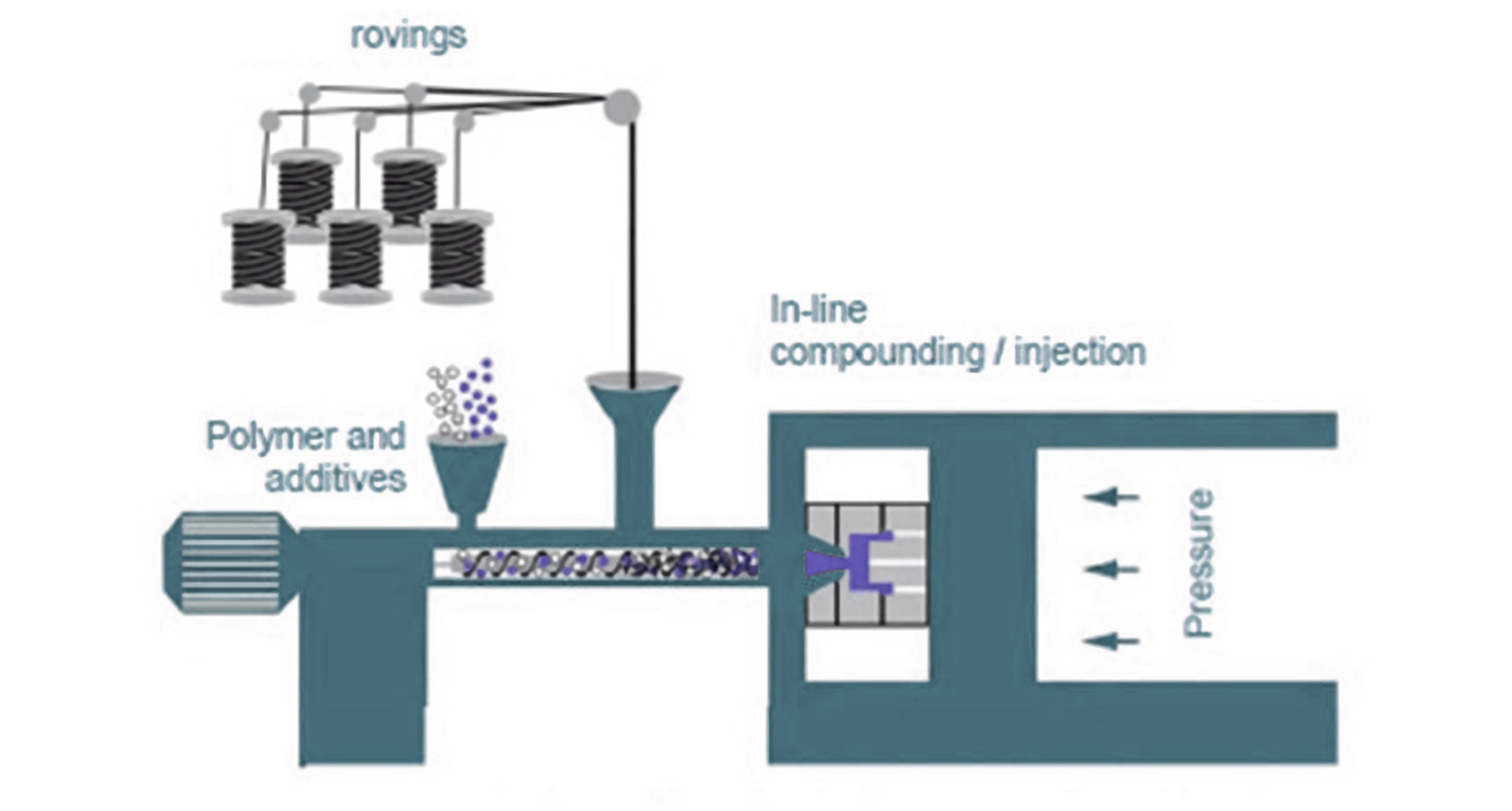
Specialize in Compression molds

Specialize in Compression molds
As early as the 1980s, European and American countries put forward the concept of LFT. However, due to the relative backwardness of the fiber impregnation technology and the injection molding, compression molding process and production equipment of long fiber pellets at that time, and the research and application of short fiber reinforcement, filling and other modification technologies of thermoplastics at that time Great progress has led to slow progress in the research of LFT technology. In the mid-1990s, automobile lightweight became the development trend of new types of automobiles, which made people once again turn their attention to LFT material research and development.
LFT, long fiber reinforced thermoplastics, are compared with ordinary fiber reinforced thermoplastic materials, under normal circumstances, the fiber length in fiber reinforced thermoplastic materials is less than 1 mm, while in LFT, The length of the fiber is generally greater than 2 mm. The current processing technology has been able to keep the fiber length in the LFT above 5 mm. LFT (Long fibre reinforced thermoplastic) uses PP the most as the matrix resin, followed by PA, and some resins such as PBT, PPS, SAN, etc. are also used. The long fiber is impregnated with a special resin system through a special mold to obtain a long strip fully infiltrated by the resin, and then cut into the required length as required. Depending on the end use, the finished product can be strips, boards with a certain width, or even rods, which can be directly used to replace thermosetting products. There are many applications of LFT material in automobiles, and the main advantage is the flexibility that materials can be compounded in it.

The manufacturing process of the LFT sheet is very similar to the SMC (sheet molding material) in the thermosetting composite glass fiber reinforced plastic. LFT provide high stiffness, stiffness in thin, lightweight structures, and buckling load resistance in crashes. They are also capable of forming complex geometries. Compared with the SMC sheet, the LFT sheet also has the following advantages in technical performance:
The compression molding process is an important step in the manufacture of lightweight composites, which allows the production of LFT articles of complex shapes with high precision. Compression molding can produce products with 5 to 20 mm long fibers. Using UD tape and D-LFT together also produces parts with better print-through and dispersion. The use of D-LFT in automotive engine bays allows parts to have higher heat and wear resistance. This process is relatively inexpensive than the metal impact forming process. It offers excellent economy and performance even in small batches. LFT compression molding process involves a press that presses the material into a mold cavity and cures the semi-finished product. Quickly shut down the press to prevent the raw material from solidifying in the LFT mold. During this process, molten material flows from the center to the edges of the semi-finished product. This allows a high degree of geometric freedom.


LFT injection molding and compression molding are two types of molding that use similar methods to create finished products. In both processes, the LFT is filled in the mold cavity and cooled to form the desired shape. The difference between the two methods is how the polymer is delivered into the injection chamber or compression chamber.
LFT injection molds use an extrusion system that uses a screw to push the material through the barrel and into a nozzle, which then pushes it into the mold cavity. Compression molds compress the material with the help of a press to fill the cavity. LFT injection molds require less pressure than compression molds. And LFT molds can withstand greater pressure without damage.
While injection molding is a common option, it can cause severe fiber breakage in the LFT, and it will bring more costs if you use a special long fiber injection molding machine. Fiber length determines the impact properties of LFT.
Advantages of LFT compression molding include low cost and excellent design flexibility, enabling the molding of complex parts and oversized flat items.
LFT compression molding is more cost effective than injection molding. The process has high efficiency and is suitable for mass production. Because parts are loaded manually, LFT molding reduces the number of steps required to produce each part. It also eliminates the need to clean the mold after each molding cycle. The process is also much faster than injection molding. Additionally, it is highly flexible, enabling molded parts to be shaped into complex shapes with minimal effort. It is commonly used to make plastic parts for electronic and automotive applications.
The benefits of LFT compression molding go beyond cost-effectiveness. It is an excellent solution for producing complex parts. It can be combined with B-face geometry to improve part durability. The shrinkage of LFT parts is extremely low or even zero. The use of thickeners in the raw material makes it suitable for thermoforming and avoids significant fiber orientation distortion.
However, LFT compression molding has its drawbacks, including poor final product consistency and flash. Also, it doesn't work with some part types.
All in all, you should choose the most suitable LFT molding method according to your business.

MDC has been always committed to manufacturing high quality compression tools and finished parts. For this purpose, we purchased 4000T press and five-axis high speed machining center and other advanced equipment. MDC works with leading companies in the industry to help them develop and manufacture molds. LFT moulding can be used to form automotive parts. If you want to mold a product or customize a mold in the field of long fiber composites, contact our LFT experts.
Get the most out of your product design by working with us to create efficient molds using our long fiber technology. Fiber length is maintained for maximum performance. We'll work side by side with you to ensure that we share our expertise.
Contact US
Email: master@zjmdc.com
Tel: +86 576 84616076
Fax: +86 576 84616079
Mobile: +86 13906573507(Mr. Wang)
Address: No.116 mochuang road, Huangyan Xinqian street,Taizhou,Zhejiang,China